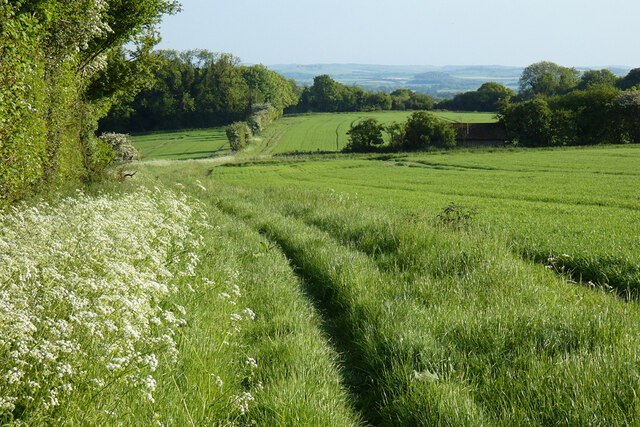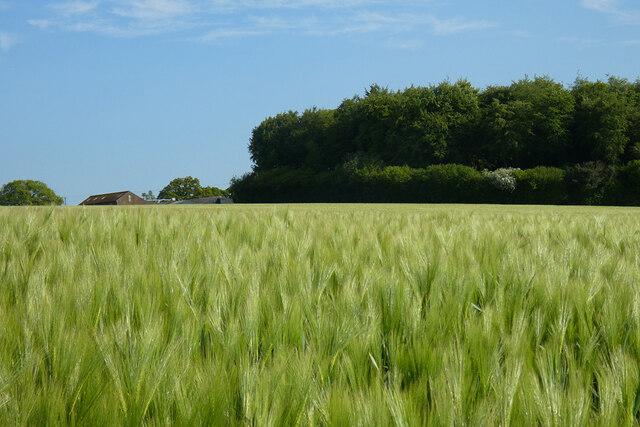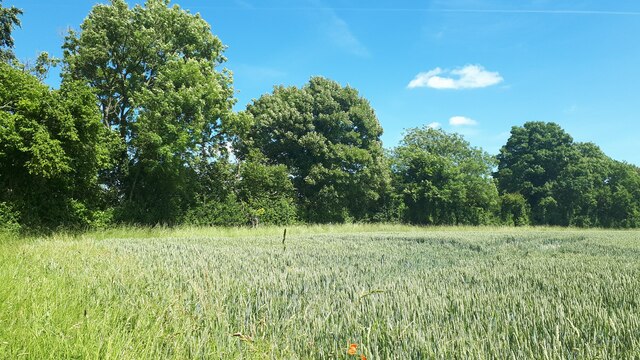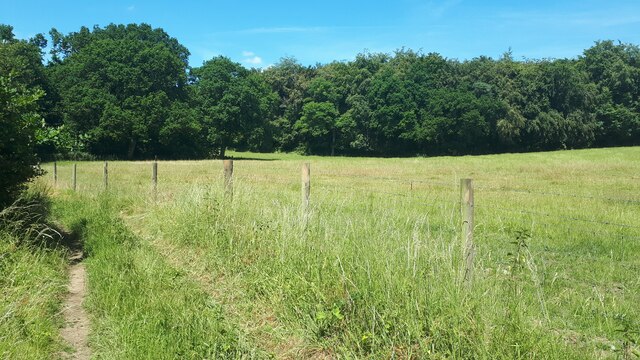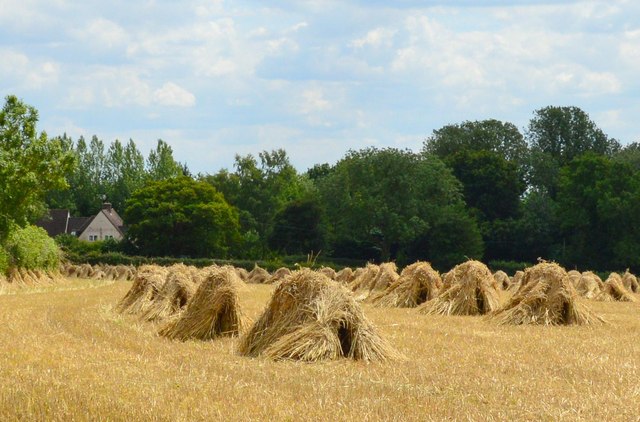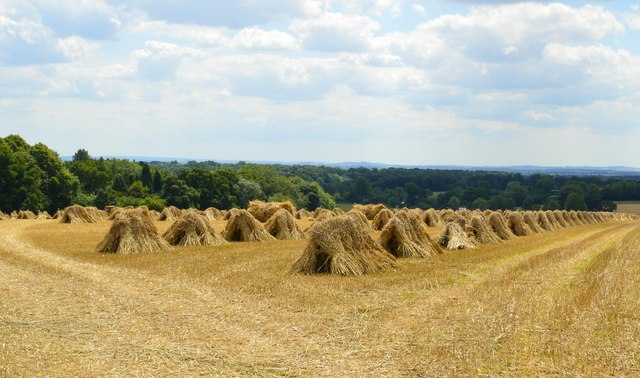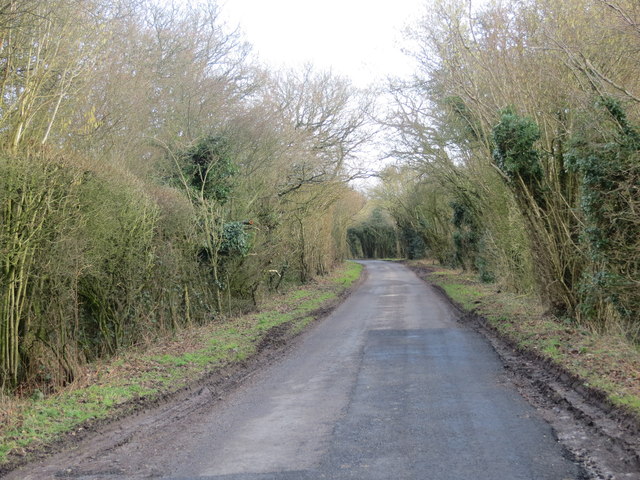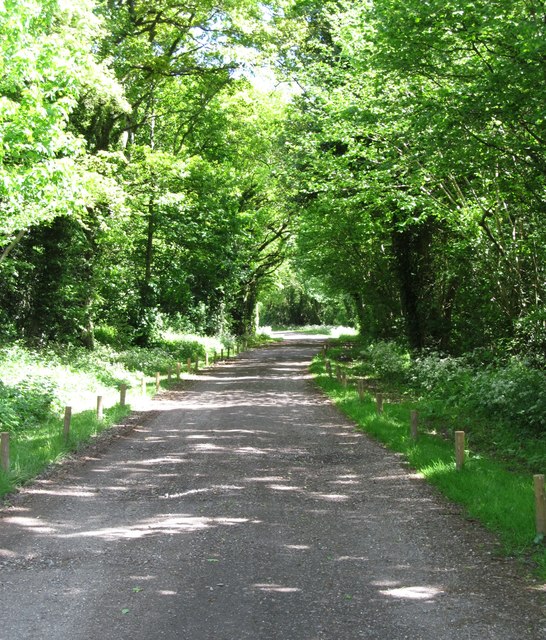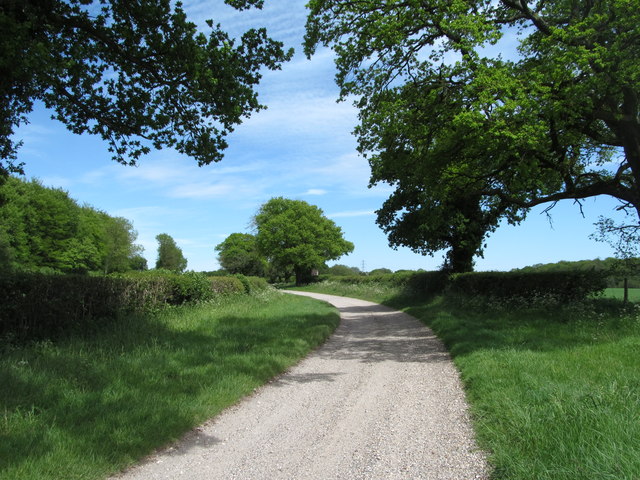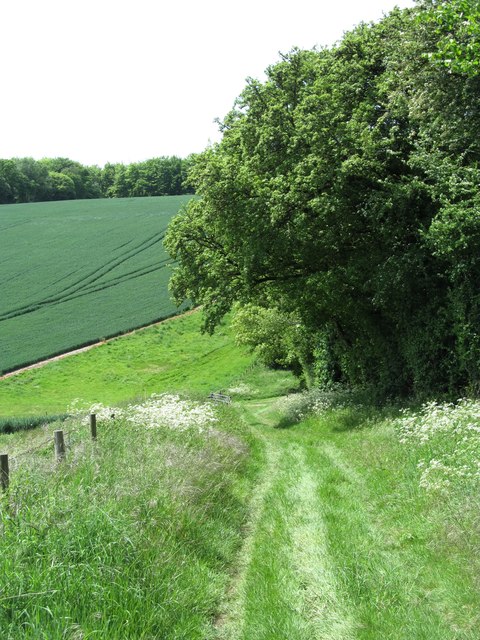Bauks Hill
Hill, Mountain in Wiltshire
England
Bauks Hill
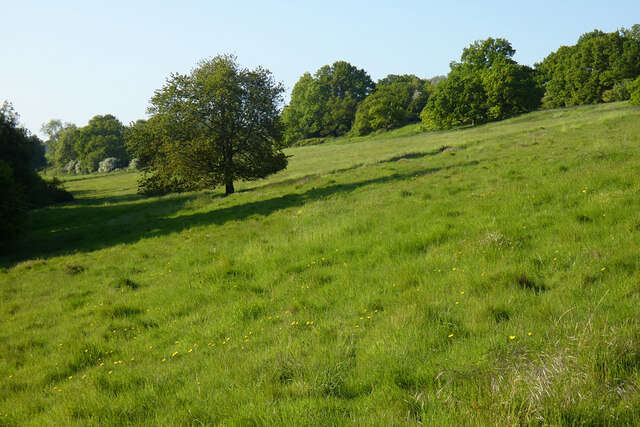
Bauks Hill is a small hill located in Wiltshire, a county in southwestern England. Situated approximately 4 miles northeast of the town of Marlborough, Bauks Hill is part of the Marlborough Downs, which is a range of chalk hills that stretch across the county.
Standing at an elevation of around 763 feet (233 meters), Bauks Hill offers panoramic views of the surrounding countryside. The hill is covered in grass and scattered with small shrubs and bushes, creating a picturesque landscape. It is a popular spot for locals and tourists alike, who visit to enjoy the scenic beauty and peaceful atmosphere.
The area surrounding Bauks Hill is known for its rich history. The hill is believed to have been used as a site for burial mounds during the Bronze Age, and there are several ancient burial mounds scattered across the Marlborough Downs. The hill is also located near the famous Avebury Stone Circle, a UNESCO World Heritage site, which attracts visitors interested in prehistoric monuments.
Bauks Hill is easily accessible by foot, with various footpaths and trails leading to its summit. It is a great destination for hikers and nature enthusiasts, offering a chance to explore the stunning Wiltshire countryside. The hill provides an ideal location for a leisurely walk, a picnic, or simply a moment of tranquility away from the hustle and bustle of everyday life.
If you have any feedback on the listing, please let us know in the comments section below.
Bauks Hill Images
Images are sourced within 2km of 51.284376/-1.5924898 or Grid Reference SU2853. Thanks to Geograph Open Source API. All images are credited.
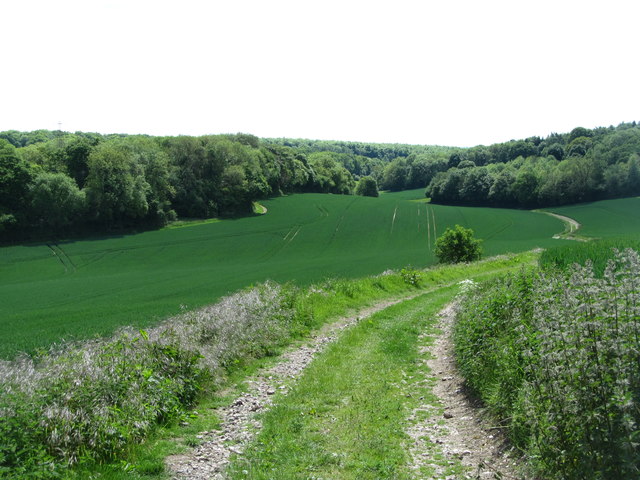
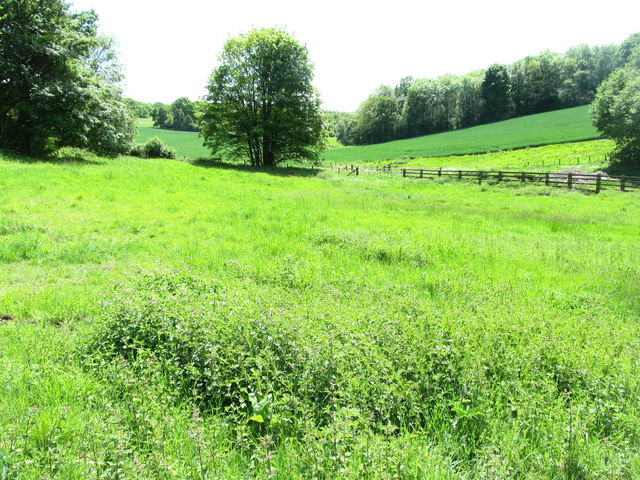
Bauks Hill is located at Grid Ref: SU2853 (Lat: 51.284376, Lng: -1.5924898)
Unitary Authority: Wiltshire
Police Authority: Wiltshire
What 3 Words
///ties.branded.quicksand. Near Ludgershall, Wiltshire
Nearby Locations
Related Wikis
Chute, Wiltshire
Chute is a civil parish in east Wiltshire, England, on the border with Hampshire. It includes the main village of Upper Chute and the smaller settlements...
St Mary's Church, Chute Forest
St Mary's Church in Chute Forest, Wiltshire, England, was built between 1870 and 1871 and consecrated in 1875. It is recorded in the National Heritage...
Biddesden House
Biddesden House (or Biddesden Park) is a Grade I listed English country house in east Wiltshire, about 5 miles (8 km) north-west of Andover, Hampshire...
Hippenscombe
Hippenscombe is a hamlet within the civil parish of Tidcombe and Fosbury, Wiltshire, in the southwest of England. Marked only on large-scale maps, it lies...
Chute Forest
Chute Forest is a village and civil parish in east Wiltshire, England. The parish is bordered to the east and south by the county of Hampshire. The village...
Ludgershall Castle
Ludgershall Castle is a ruined 12th-century fortified royal residence at Ludgershall in Wiltshire, England. Three large walls still remain of the castle...
Faberstown
Faberstown is a settlement in the civil parish of Ludgershall, Wiltshire, England. Its nearest town is Andover, approximately 6 miles (9.7 km) to the...
Ludgershall, Wiltshire
Ludgershall ( LUG-ər-shawl, with a hard g) is a town and civil parish 16 miles (26 km) north east of Salisbury, Wiltshire, England. It is on the A342 road...
Nearby Amenities
Located within 500m of 51.284376,-1.5924898Have you been to Bauks Hill?
Leave your review of Bauks Hill below (or comments, questions and feedback).
